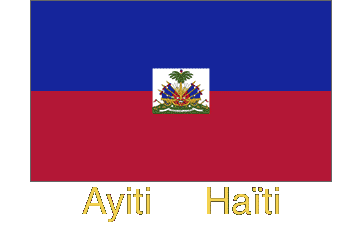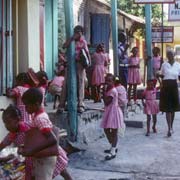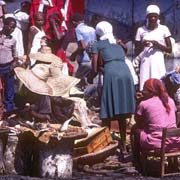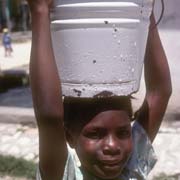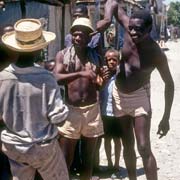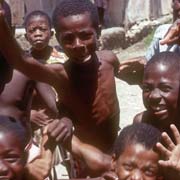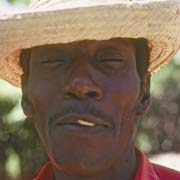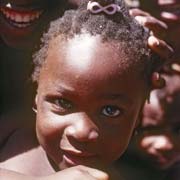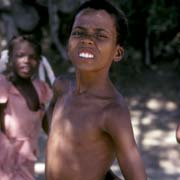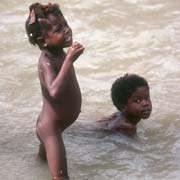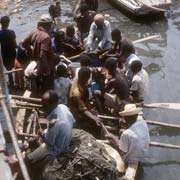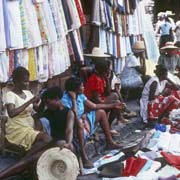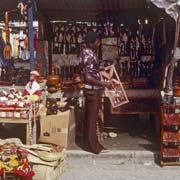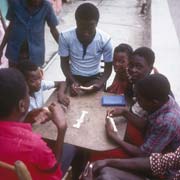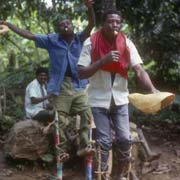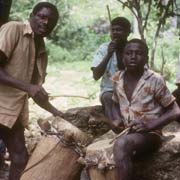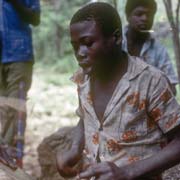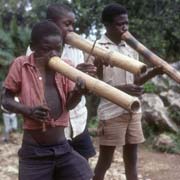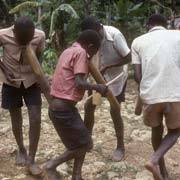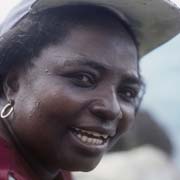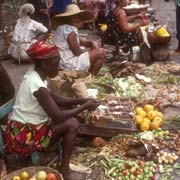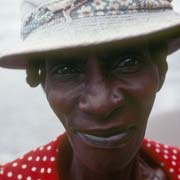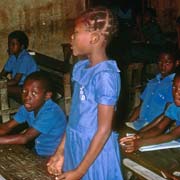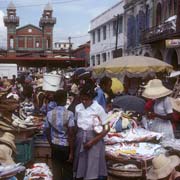Photos of the people of Haiti
The People of Haiti
Haiti has a very young population, with half of its 10 million people younger than 20 years old. Most Haitians are descended from black African slaves, brought in during the 17th and 18th centuries. During those years, there was racial mixing with the French, resulting in Mulattoes, called “Gens de Couleur”, who became a social elite in colonial Haiti.
you may then send it as a postcard if you wish.
Although comprising only 5% of the nation’s population, mulattoes have retained their preeminence in the political, economic, social, and cultural hierarchy - most leaders in independent Haiti have belonged to this group. In the cities, a prominent mulatto minority controls many of its businesses. There are also sizeable numbers of Hispanic residents, as well as small numbers of primarily foreign-born Europeans. Citizens of Middle Eastern ancestry, mainly Syrian and Lebanese, are a minority with a significant presence in the capital; most are concentrated in financial areas where most of them establish businesses.
French is the principal written language used in government and the main language of the press; it is spoken by 42% of Haitians and is one of the nation’s official languages. The other language, spoken by virtually the entire population and recognised as an official language since 1961, is Kreyòl Ayisyen or Haitian Creole. Its vocabulary is 90% based on 18th-century French, but its grammar and influences are from some West African languages, Taíno, Spanish, and Portuguese. The name Haïti is the French form of Ayiti (Land of high mountains), the indigenous Taíno or Amerindian name for the mountainous western side of the island.
Most of the Africans who were brought here as slaves were from Western and Central Africa. There are still strong African cultural influences among the population, including “vodu”, which, mixed with some of their white masters’ Roman Catholicism, evolved in Haitian Vaudou or Vodou. It is usually spelled “Voodoo” in English; there are caves along the coast where rituals are performed, and tourists can even watch a public Vaudou ceremony in Port-au-Prince.


